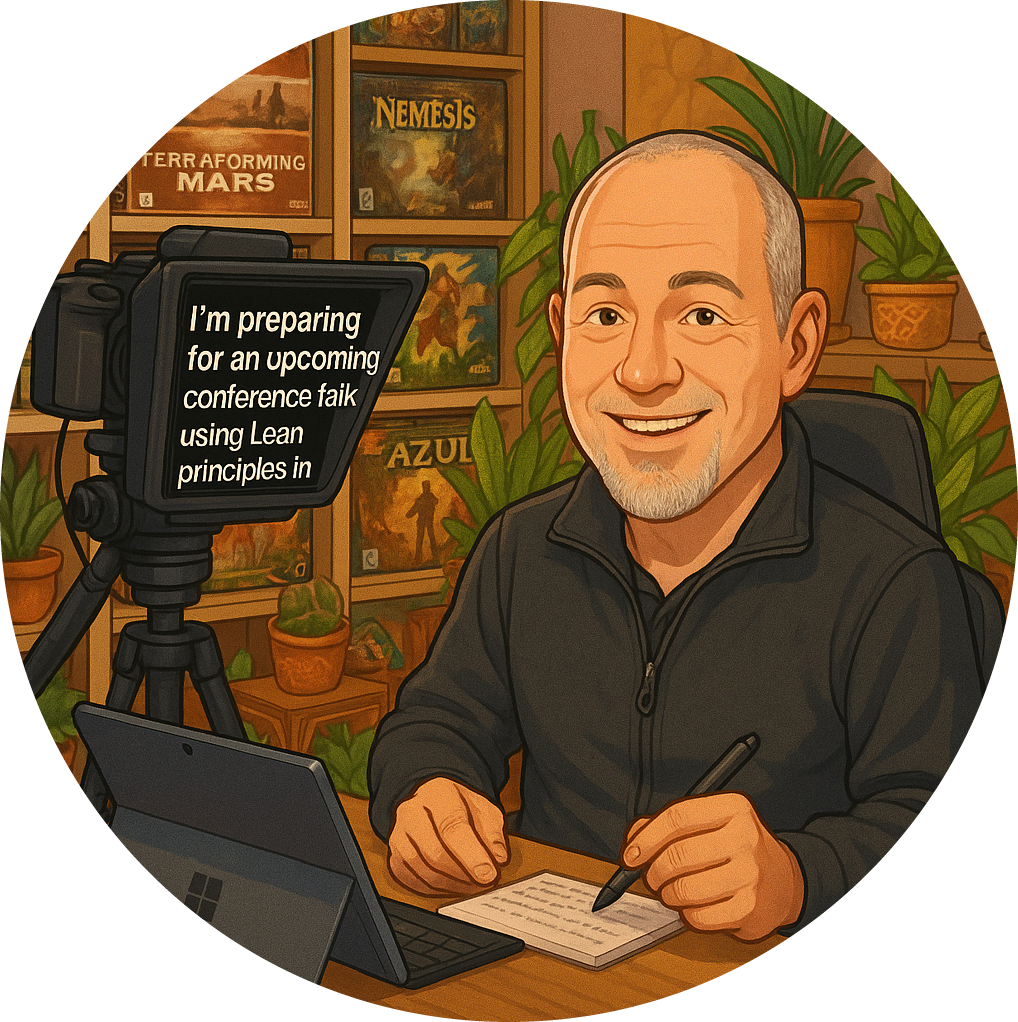As an entrepreneur, I often find myself reflecting on the multifaceted role of a product owner . Recently, I’ve been diving deep into the Advanced Professional Scrum Product Owner (PSPO) course, and I can’t help but think how perfectly it aligns with the needs of entrepreneurs. It’s not just about innovation; it’s about balance, understanding your customers, and ensuring that your product evolves in a way that meets their needs.
Understanding Your Focus as a Product Owner
When I think about the essence of being a product owner, I ask myself: What am I truly focused on? Am I trying to emulate the Steve Jobs archetype, constantly pushing for groundbreaking innovations? While that approach can be inspiring, it’s crucial to consider the potential consequences.
- Customer Needs: Are my existing customers feeling neglected as I chase the next big thing? They often seek refinements and enhancements to the features they already love.
- Team Dynamics: How does this relentless pursuit of innovation affect my development team? If they feel like they’re always reaching for something new without completing existing tasks, it can lead to frustration and burnout.
The Importance of Balance
The core of the Advanced PSPO course is about finding that balance. It’s not merely about identifying which type of product owner you want to be; it’s about recognising the various facets of the role and how they interconnect.
In our discussions during the course, we explore six distinct stances of the product owner. Each stance has its strengths, but they also come with gaps that need addressing. For instance, while one might excel in innovation, they may overlook the importance of customer feedback or collaboration with their team.
Hypothesis-Driven Engineering
One of the key concepts we delve into is hypothesis-driven engineering. It’s a powerful approach that encourages product owners to make informed decisions based on data, but it’s essential to remember that data should inform, not dictate, our choices.
- Gathering Data: How do we collect the right data to assess the value of the features we’re developing?
- Measuring Success: What metrics are we aiming to shift, and how will we measure our success?
These questions are vital for ensuring that our products not only innovate but also resonate with our customers.
Collaboration is Key
Another significant takeaway from the Advanced PSPO course is the emphasis on collaboration. Creating exceptional products isn’t a solo endeavour; it requires working closely with customers, stakeholders, and team members.
- Customer Focus: Engaging with customers to understand their needs and pain points is crucial.
- Team Collaboration : Fostering an environment where team members feel valued and heard can lead to more innovative solutions and a more cohesive product vision.
Conclusion
In conclusion, the Advanced PSPO course has reinforced my belief that being a successful product owner is about much more than just innovation. It’s about balancing various aspects of the role, understanding your customers, and fostering collaboration.
If you’re an entrepreneur looking to enhance your product ownership skills, I highly recommend exploring this course. It’s a journey that will not only improve your product but also enrich your understanding of what it means to be a product owner in today’s fast-paced environment.
Thank you for joining me on this exploration of the Advanced PSPO. If you found this post helpful, please like, follow, and subscribe. I’m always eager to engage with fellow enthusiasts, so feel free to reach out or book a coffee chat with me through Naked Agility. Let’s continue the conversation about agile, scrum, and DevOps !





























